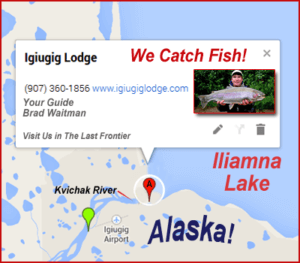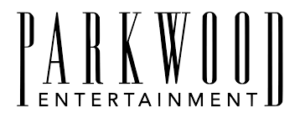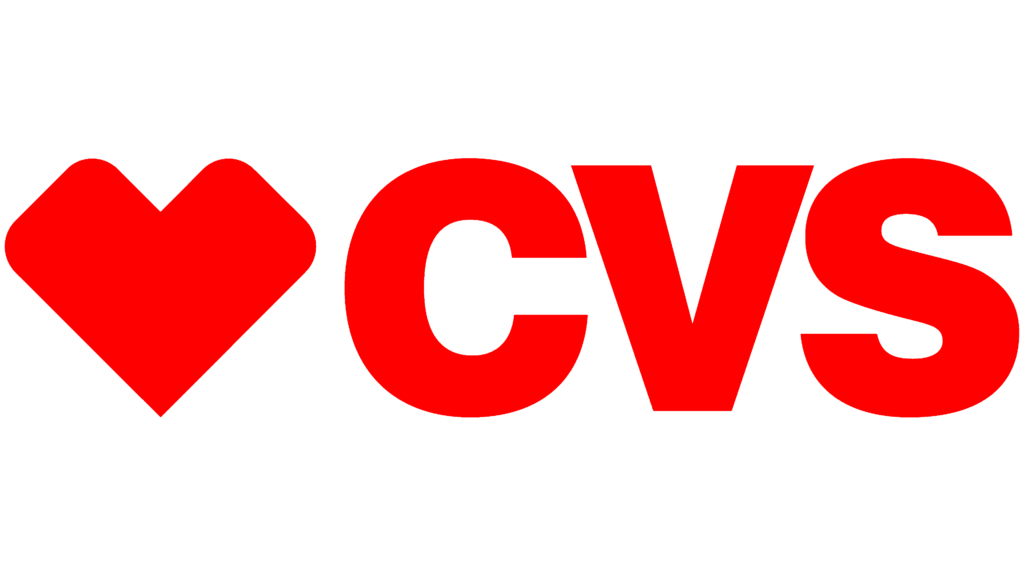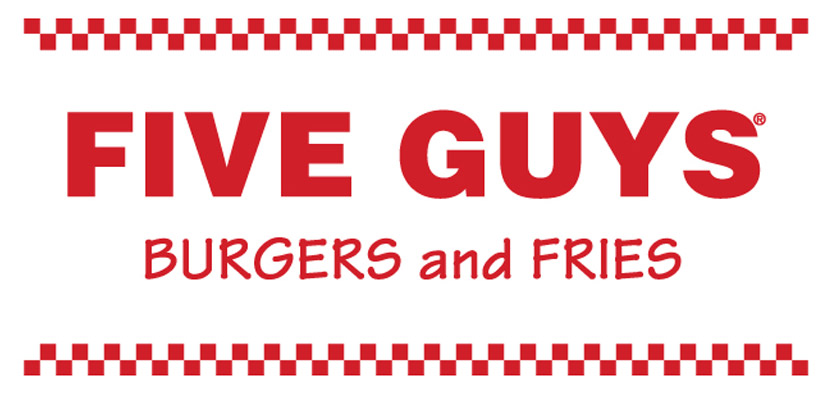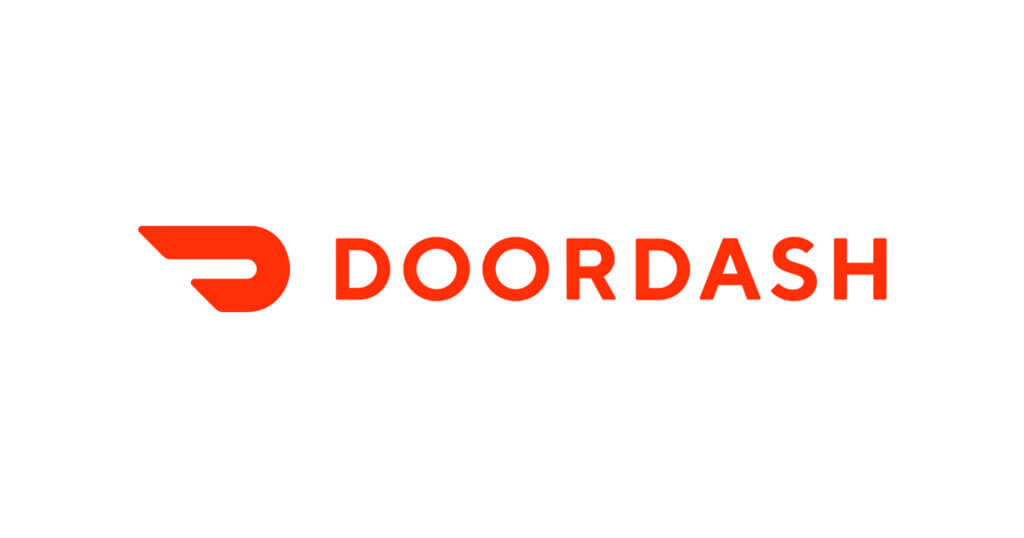WEB DESIGN NAVIGATION
Business Social Media
We will help you find the social sites that will best connect you with your audience. We can post or advertise to your audience to create engagement and create targeted leads for your business.
Crafting Your Social Media Marketing Strategy: Navigating Pitfalls & Maximizing ROI
***********************
Building a Case for Social Media Marketing
***********************
In the memorable scene from the iconic 1996 film Jerry Maguire, Cuba Gooding Jr.’s character famously demands, “SHOW ME THE MONEY!” Similarly, in the realm of social media marketing, we fervently proclaim, “SHOW ME THE NUMBERS!”—and the statistics speak volumes:
- There are approximately 3.03 billion active social media users (source: Hootsuite).
- 91% of retail brands utilize two or more social media platforms (source: AdWeek).
- The average internet user maintains eight social media accounts (source: GlobalWebIndex).
- 81% of small and mid-sized businesses actively engage in social media (source: LinkedIn).
- 71% of customers who have positive social media interactions with a brand are likely to recommend it to others (source: Ambassador).
- 89% of businesses attest that social media marketing has expanded their exposure, while 78% report increased web traffic (source: AdWeek).
***********************
Crafting Your Social Strategy
***********************
While the goal is clear—reap the benefits of social media while mitigating risks—the path to success may seem daunting, especially if past experiences have left you feeling disillusioned. Yet, social media marketing isn’t guesswork; it’s a strategic endeavor. Here are five steps to guide you:
Step #1: Define Your Objectives
Merely stating a desire to “boost sales” is akin to aspiring to “better health”—worthy but abstract. Define clear, achievable goals within the social media marketing framework. Objectives may include enhancing brand or product awareness, driving web traffic, improving lead quality, bolstering reputation, fostering customer engagement, or enhancing loyalty.
And so, it’s important (and frankly, necessary) to take a step back from the overall aspiration of “increasing sales,” and identifying realistic and achievable goals that fit within a social media marketing framework. These objectives could include one, some, or possibly all of the following:
- Increasing brand awareness
- Increasing product awareness
- Increasing web traffic
- Improving lead quality
- Improving reputation
- Increasing customer engagement
- Increasing customer loyalty
Why is it so important to identify your social media marketing objectives before choosing your platforms? It’s simply because some platforms are better than others at achieving certain outcomes. For example, if you’re in the B2B space and want to establish thought leadership in your marketplace, then publishing articles on LinkedIn is likely going to be part of your strategic plan. If you’re a B2C retailer or e-tailer who sells custom jewelry and you want to increase brand awareness, then publishing photos and short videos on Instagram probably makes strategic sense.
Step #2: Identify Your Target Audience
Many businesses assume their target audience’s presence on specific platforms without thorough investigation. Understand where your audience congregates on social media, leveraging demographic insights to inform your engagement strategy.
For example, many businesses in the IT space have zero footprint on Reddit, even though according to KissMetrics.com it’s the fifth most active social media platform, and a main source of information, reviews and recommendations for IT products and services. Similarly, many B2C retailers and e-tailers have no footprint on Pinterest, even though it’s possible (and probable) that many of their prospective customers check those platforms multiple times a day.
To get an idea of where your target audience congregates on the social media landscape — and therefore where your business should engage them — here are some demographics for five major platforms compiled by StrikeSocial:
- 2.01 billion monthly active users
- 69% of women
- 61% of men
- 76% of adults with annual incomes above $75,000
- 88% of 18 to 29 year-olds
- 79% of 30 to 49 year-olds
- 51% of 50 to 69 year-olds
- 36% of 70+ year-olds
- 328 million active monthly users
- 21% of women
- 21% of men
- 30% of adults with annual incomes above $75,000
- 36% of 18 to 29 year-olds
- 22% of 30 to 49 year-olds
- 18% of 50 to 69 year-olds
- 6% of 70+ year-olds
- 252 million active monthly users
- 23% of women
- 28% of men
- 45% of adults with annual incomes above $75,000
- 34% of 18 to 29 year-olds
- 31% of 30 to 49 year-olds
- 21% of 50 to 69 year-olds
- 11% of 70+ year-olds
- 800 million monthly active users
- 32% of women
- 23% of men
- 30% of adults with annual incomes above $75,000
- 59% of 18 to 29 year-olds
- 31% of 30 to 49 year-olds
- 13% of 50 to 69 year-olds
- 5% of 70+ year-olds
- 200 million monthly active users
- 36% of women
- 15% of men
- 34% of adults with annual incomes above $75,000
- 36% of 18 to 29 year-olds
- 32% of 30 to 49 year-olds
- 24% of 50 to 69 year-olds
- 9% of 70+ year-olds
Step #3: Analyze Your Competition
Study competitors’ social media strategies to discern trends and expectations within your industry. Identifying gaps or areas of success can inform your approach and help set benchmarks.
Not only does this competitive analysis tell you where you (likely) need to be in the social media world, but it also helps you understand what the marketplace expects. For example, if you’re a law firm and your biggest competitors have a strong and impressive YouTube presence, then you can safely assume that your target audience is going to expect you to have one as well. To put things differently: some of your prospective clients will hold it against you if you aren’t on YouTube, simply because your competitors are. They’ll see it as a red flag that could keep them from reaching out and sparking a relationship.
Step #4: Develop Your Custom Plan
Craft a comprehensive social media marketing plan, aligning objectives with resources, timelines, and budgets. Ensure feasibility by accounting for personnel and technological requirements, such as content creation and distribution.
Essentially, your plan needs to identify the who, what, where, when and how much for each creative asset. Otherwise, it won’t take long — it could be a matter of weeks — before your social media marketing plan becomes obsolete and useless.
Step #5: Execute, Track, and Optimize
Once your plan is all set — and it’s often profitable to get expert consulting help with this — the proverbial rubber hits the road, because it’s time to execute, track and optimize:
- Execute: put your plan in motion, and carry out the activities per your schedule and agenda. The time and effort that you invested in making your plan robust and realistic will pay off here.
- Track: regularly monitor metrics and analyze to see what’s working, what isn’t, and why/why not.
- Optimize: based on the insights you glean from tracking plus other information you gather as your plan unfolds, make changes that generate better results and ROI (e.g. allocating more resources to creating articles vs. videos).
Implement your plan, monitoring performance metrics to assess effectiveness. Continuously adapt and optimize strategies based on insights garnered from tracking, aiming for sustained improvements in ROI.
Moving Forward
We trust this guide equips you with a deeper understanding of social media marketing and its potential for sustained ROI. We welcome your feedback and experiences and stand ready to offer further assistance—whether advising your in-house team or collaborating as your dedicated digital marketing partner.
AI (Artificial Intelligence) & Technology MARKETING
We Can Help! Tell Us Your Needs?
The Value of Subscribing to Blue Diamond Webs
In today’s rapidly evolving digital landscape, artificial intelligence (AI) and technology have become integral parts of our daily lives. They have revolutionized various industries and transformed the way we work, communicate, and interact with the world. Amidst this technological revolution, subscribing to Blue Diamond Webs offers unique advantages and opportunities for individuals and businesses alike. This article explores the reasons why subscribing to Blue Diamond Webs is essential in harnessing the full potential of AI and technology.
Cutting-Edge AI Solutions: Blue Diamond Webs is at the forefront of AI innovation, offering cutting-edge solutions that can empower businesses and individuals. By subscribing, users gain access to advanced AI technologies, such as machine learning algorithms, natural language processing, and computer vision. These technologies enable businesses to automate processes, analyze vast amounts of data, and make data-driven decisions, leading to increased efficiency, productivity, and competitive advantage.
Customized Web Development: A key component of Blue Diamond Webs’ offerings is their expertise in web development. Subscribers benefit from tailored website design and development services that align with their specific needs and goals. With the rapid growth of e-commerce and online presence, having a professionally designed website is crucial for businesses to establish credibility, attract customers, and drive sales. Blue Diamond Webs’ subscription ensures access to skilled developers who can create visually appealing, user-friendly, and responsive websites that enhance the overall online experience.
Enhanced Cybersecurity Measures: In an era where cyber threats are prevalent, ensuring robust cybersecurity measures is of paramount importance. Blue Diamond Webs prioritizes the security of its subscribers by implementing state-of-the-art security protocols and safeguards. This includes encrypted data transmission, regular vulnerability assessments, and proactive monitoring to detect and mitigate potential risks. By subscribing to Blue Diamond Webs, individuals and businesses can rest assured that their sensitive information and digital assets are well-protected, minimizing the risk of data breaches and cyberattacks.
Continuous Technical Support: Technology is constantly evolving, and staying up-to-date with the latest advancements can be challenging. Blue Diamond Webs recognizes this and provides continuous technical support to
its subscribers. Whether it’s troubleshooting issues, implementing updates, or addressing queries, their dedicated team of professionals ensures prompt assistance, minimizing downtime and optimizing the user experience. This level of support enables subscribers to leverage AI and technology effectively, without the burden of technical challenges hindering their progress. 
Collaborative Community and Networking: By subscribing to Blue Diamond Webs, users become part of a vibrant community of like-minded individuals and businesses. This community fosters collaboration, knowledge sharing, and networking opportunities. Subscribers can engage in forums, webinars, and events organized by Blue Diamond Webs, enabling them to connect with industry experts, learn from their experiences, and explore potential partnerships. This collaborative environment enhances professional growth, promotes innovation, and expands horizons within the realm of AI and technology.
Summary: The advent of AI and technology has revolutionized the way we live and work. Subscribing to Blue Diamond Webs offers a multitude of advantages, including access to cutting-edge AI solutions, customized web development, enhanced cybersecurity measures, continuous technical support, and a collaborative community. By harnessing the power of Blue Diamond Webs’ offerings, individuals and businesses can unlock the full potential of AI and technology, leading to increased efficiency, growth, and success.
SOCIAL MEDIA MARKETING
We Can Help! Tell Us Your Needs
We Stay Current
Blue Diamond Webs takes pride in delivering high-quality, affordable technology products that meet the needs of our clients.
We’re Always With You
We focus on developing long-term partnerships with our clients beyond the initial sale.
We’re Local
We work hard to become a part of our community and love to meet face to face with our clients.
GODADDY CERTIFIED PRO DESIGNERS CREATING ELEGANT WEBSITES!
We Use Elegant Themes’ Divi and Elementor Themes
We are confident we can create your vision and that is why we offer a
100% Satisfaction Guarantee
It’s an easy concept really…we build long term business relationships by creating something we are both proud of. If you feel disappointed with what we design for you, then simply request a refund.
[trustindex no-registration=google]


![]()

Connect Today
Click to Call:
(907) 355-8883
ds@bluediamondwebs.com
8111 Lemonwood Dr. S.,
Ellenton, Fla. 34222














